Turmeric Face Wash with Lysolecithin
In a previous post, I shared a turmeric face wash with polysorbate 80. In this post, I'm sharing another version of turmeric face wash.
Turmeric works as a skin-lightening agent for the skin. Curcumin reduces excess melanin production and can help with skin tone and pigmentation.
Turmeric contains antioxidants and anti-inflammatory components, which can help reduce the appearance of wrinkles and brighten the skin by lightening dark spots and improving overall skin tone.
To combine the oil, I used Lysolecithin (emulsifier based on lecithin). This is a cold process emulsifier, so I don't need to heat my oil phase, making the process much faster and easier.
Lysolecithin adds a silky texture to the product and low to medium viscosity. Lysolecithin also helps with the stability of the final product.
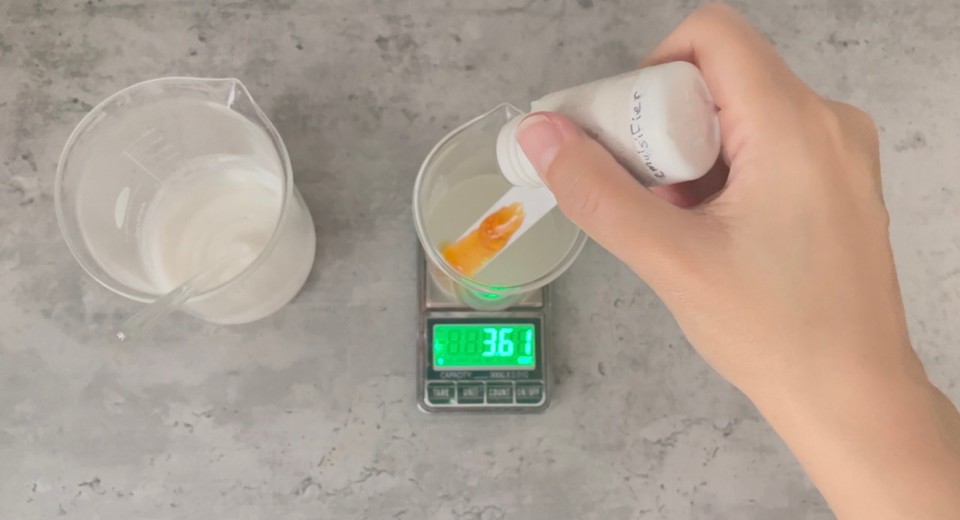
Suppose you want to swap the Lysolecithin with Lecithin. In that case, It will be easier to incorporate the lecithin by heating the oil phase, and you will probably need to use an immersion blender to combine the oil phase with the water phase (before adding the surfactants).
Check this body wash and shampoo recipe where I used lecithin to combine the oils and water-based ingredients.
To incorporate turmeric oil, I infused macadamia oil with turmeric powder. To read about oil infusions (cold method) please go to this post here.
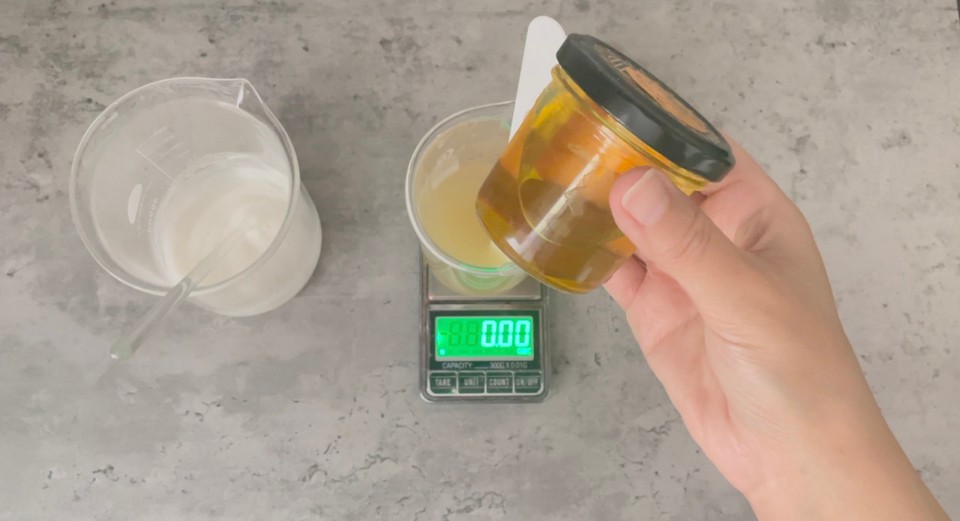
If you don't want to infuse the oil with turmeric powder, you can use any carrier oil you like and add turmeric powder to the oil, mix them and add it instead of the infused oil.
For more alternatives, check the notes section below.
This recipe is for 100g. Use the calculator to change the amount.
Ingredients:
Phase A
- SCI (sodium cocoyl isethionate) 15g
- Coco betaine 20g
Phase B
- Glycerin 6g
- Guar gum 1g
- Distilled water 41g
Phase C
- Turmeric oil (macadamia oil infused with turmeric powder) 8g
- Lysolecithin 4g
Phase D
- Preservative (cosgard) 1g
- Papaya extract 2g
- Fragrance oil (Caribbean Berry & Melon) 2g
Method:
- In a beaker, add phase A ingredients, and mix well to create a paste from the SCI powder and the coco betaine. Set aside.
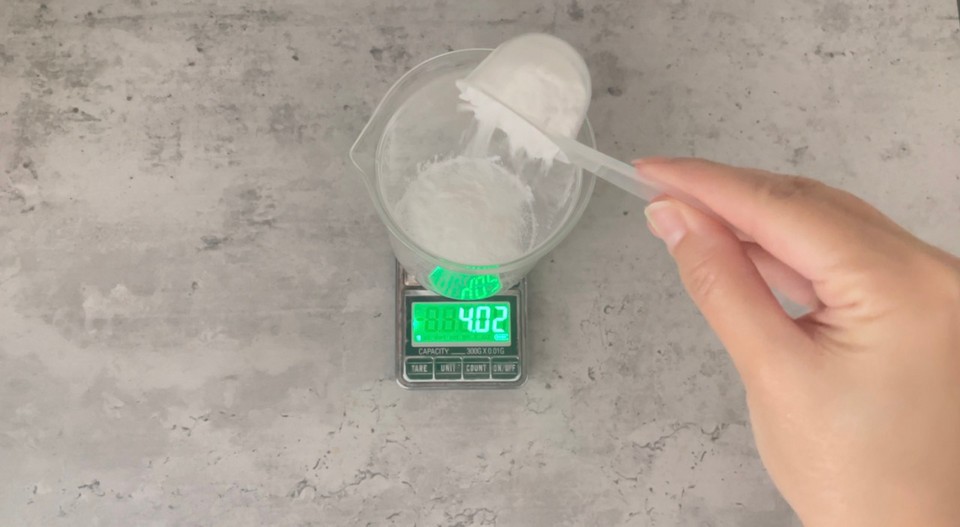
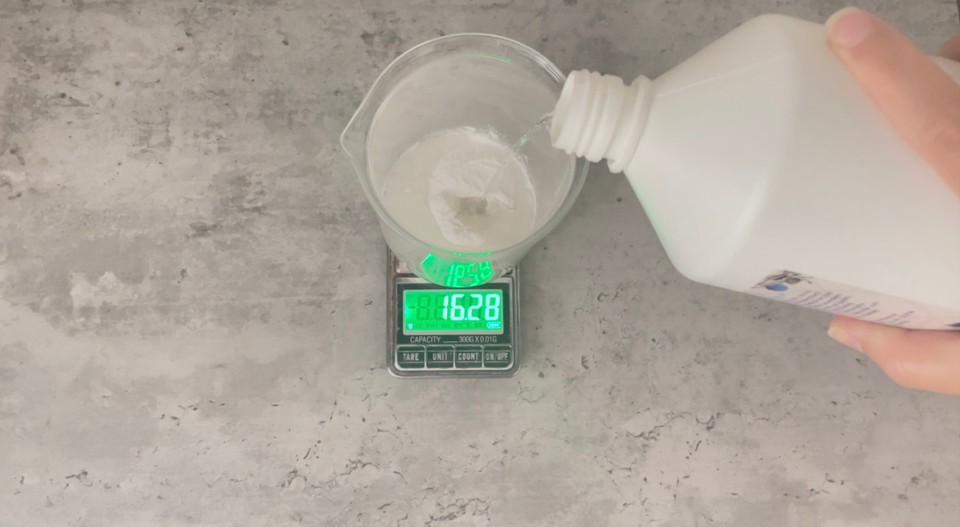
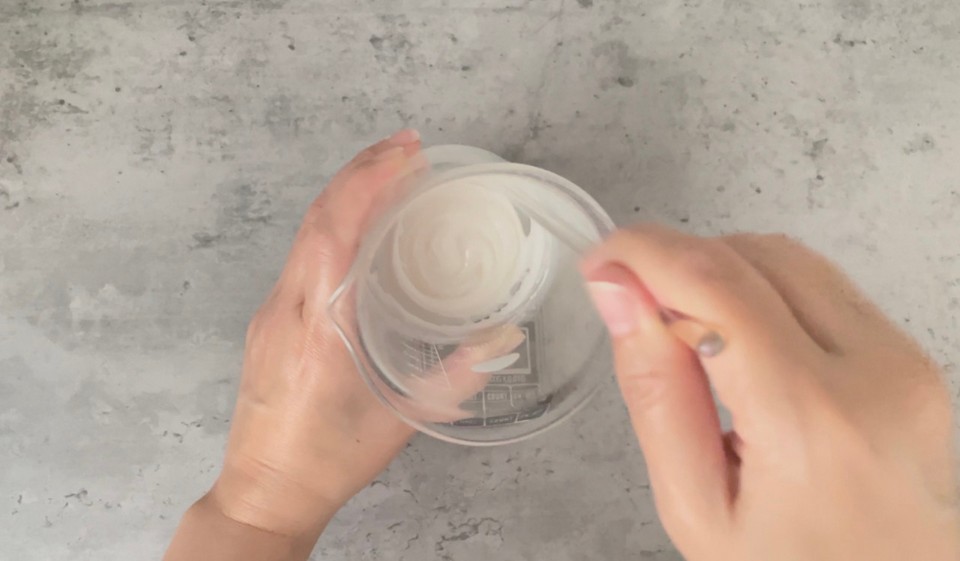
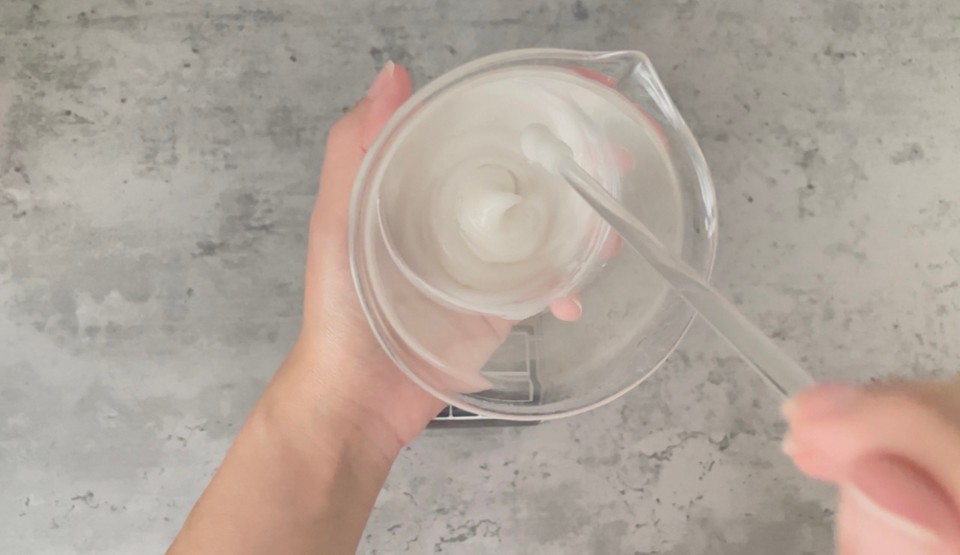
- In a different beaker, make a slurry by mixing glycerin with gum. Add the distilled water to the slurry, and mix to combine.
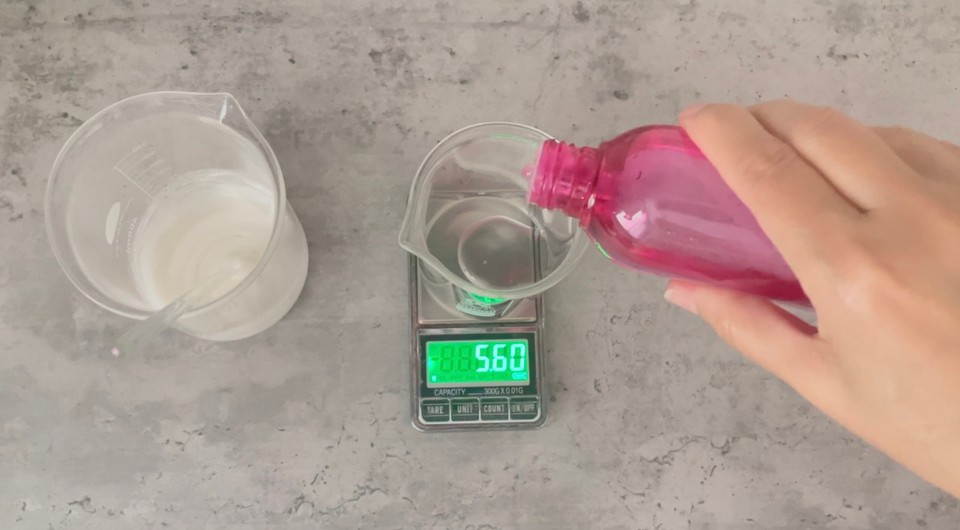
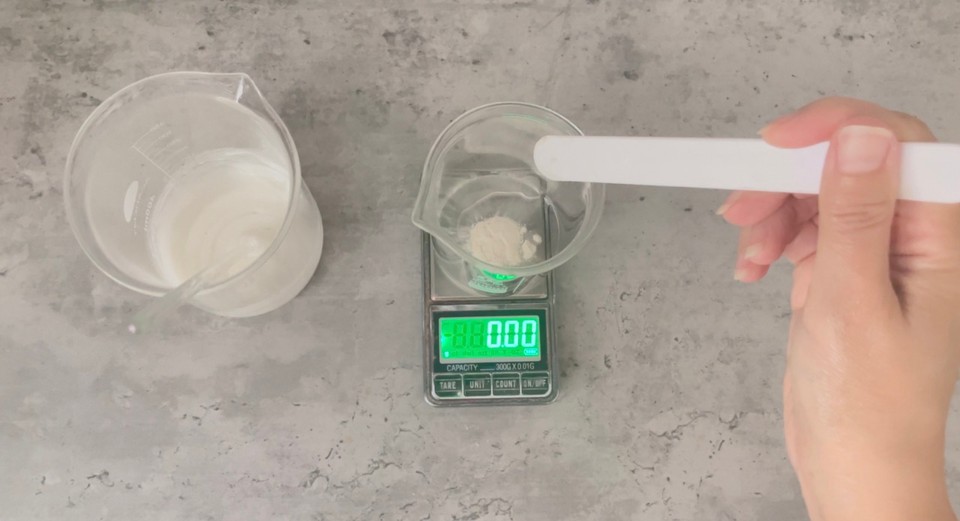
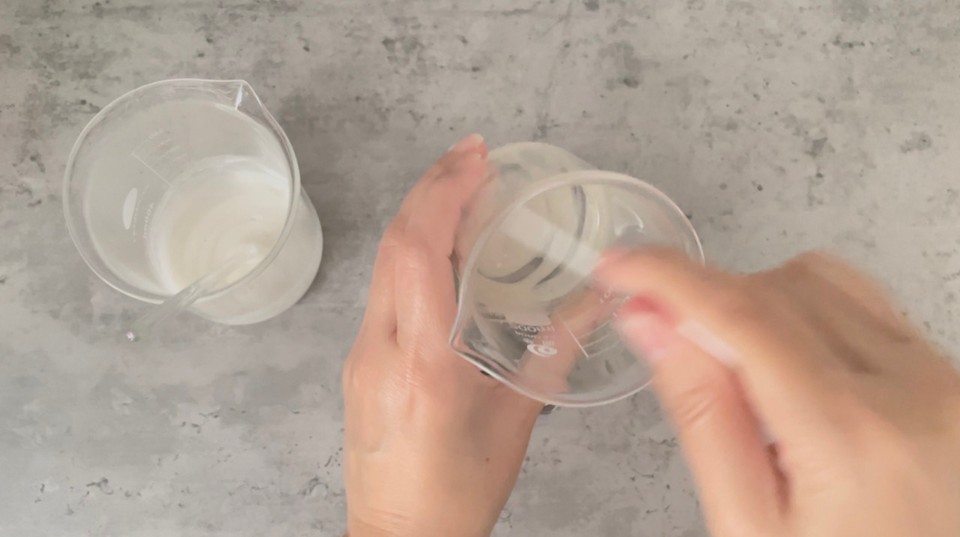
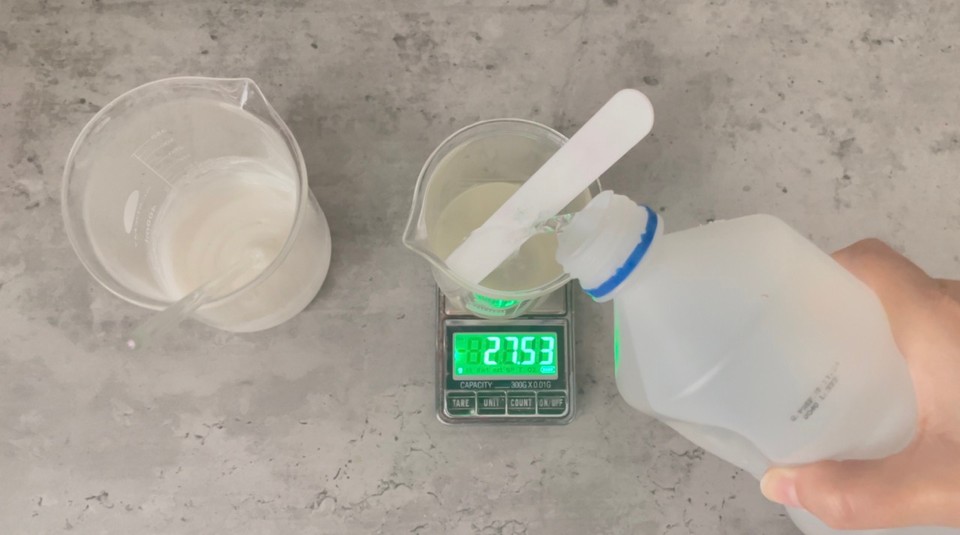
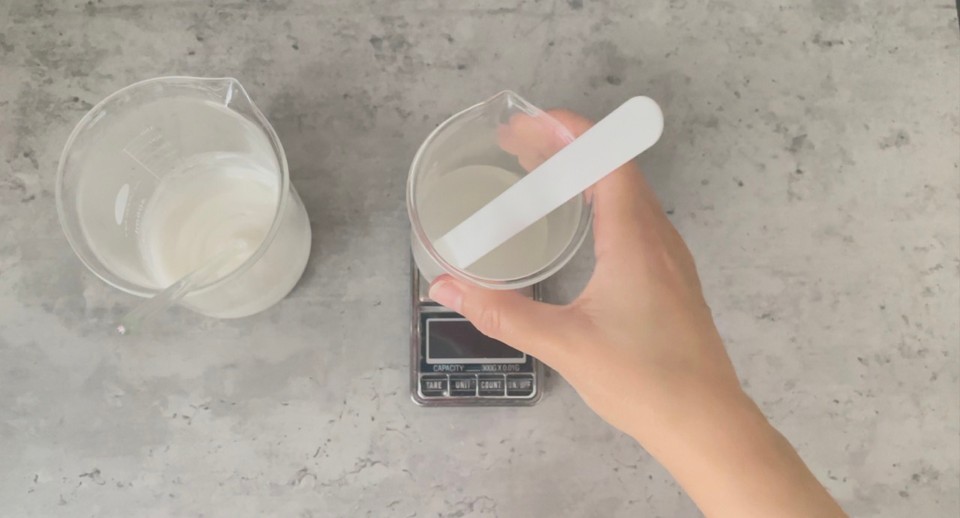
- Add the Lysolecithin to the water beaker and mix to combine. Add the turmeric oil and mix to combine.

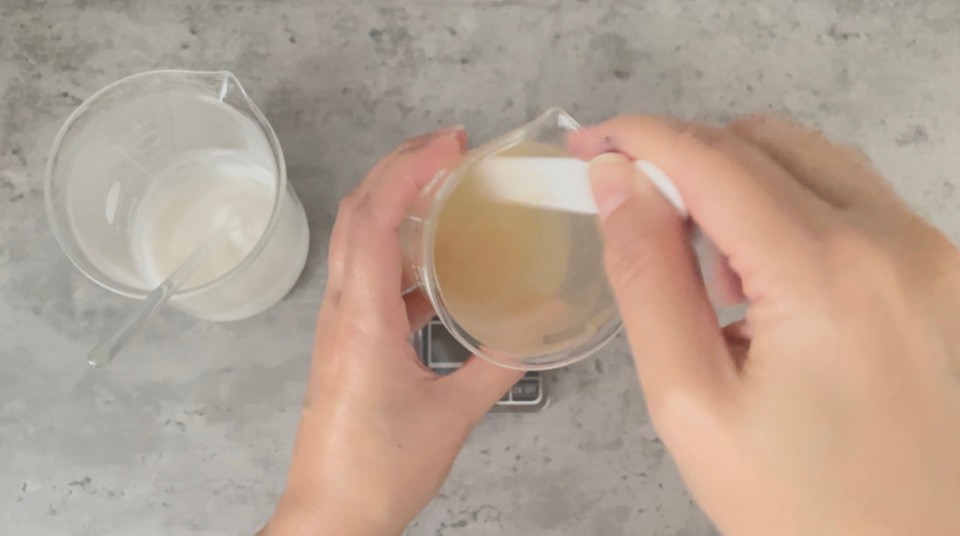
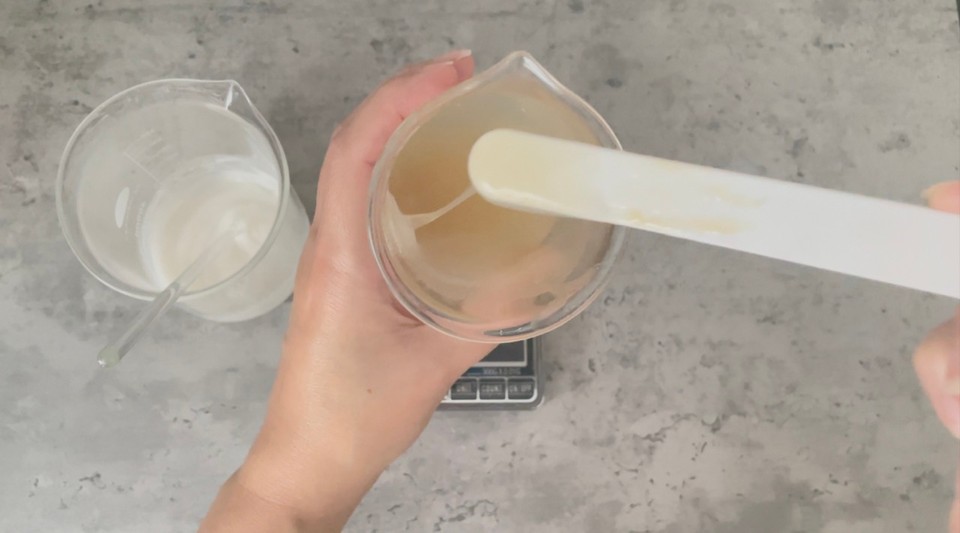
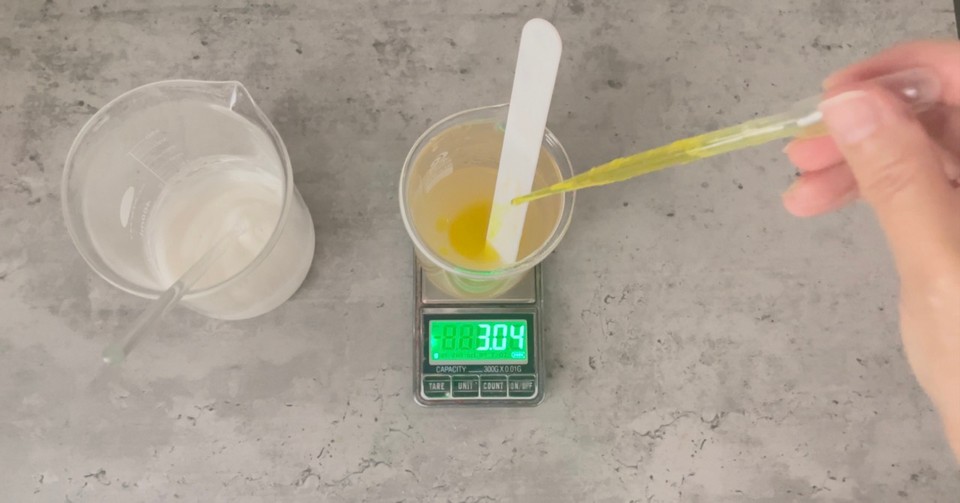
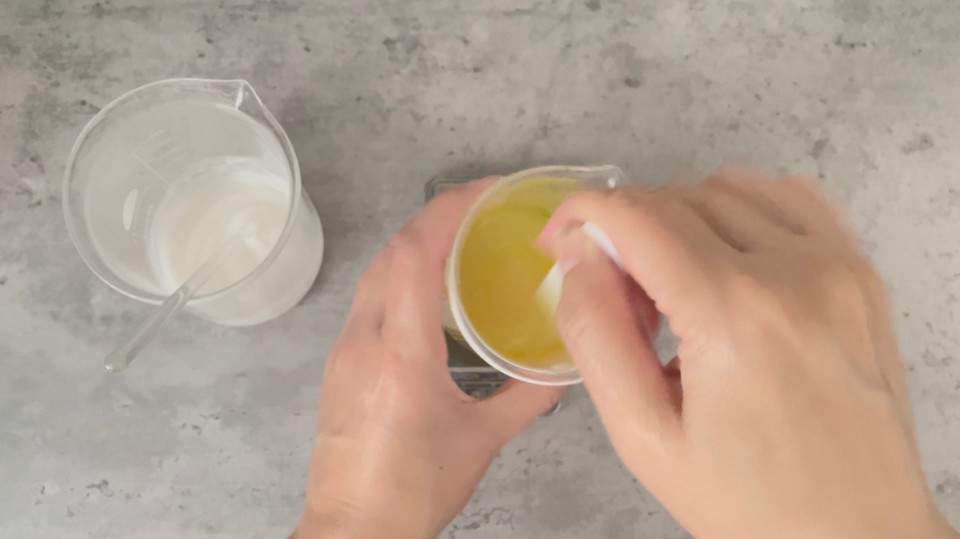
- Pour the water and oil emulsion into the first beaker (with the surfactants) and stir to combine. Don't stir too fast or strong. Try to avoid creating foam.
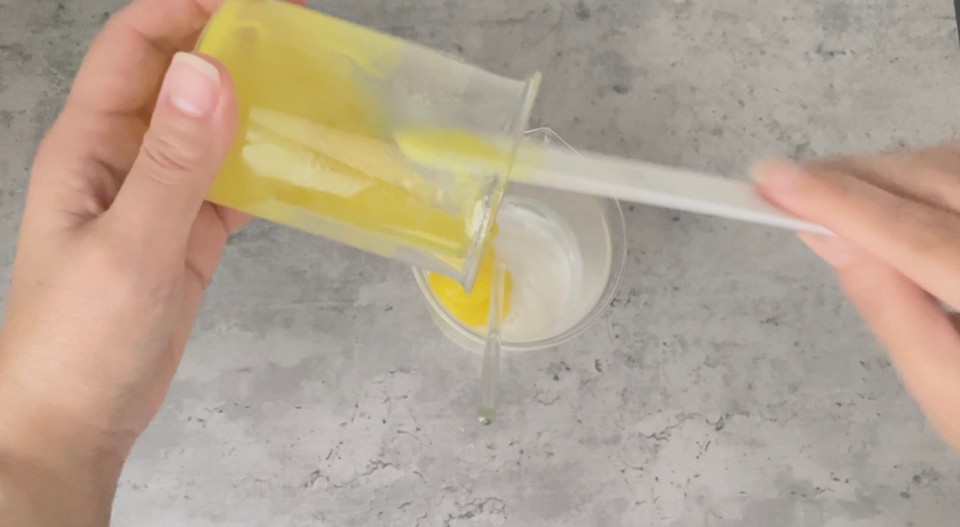
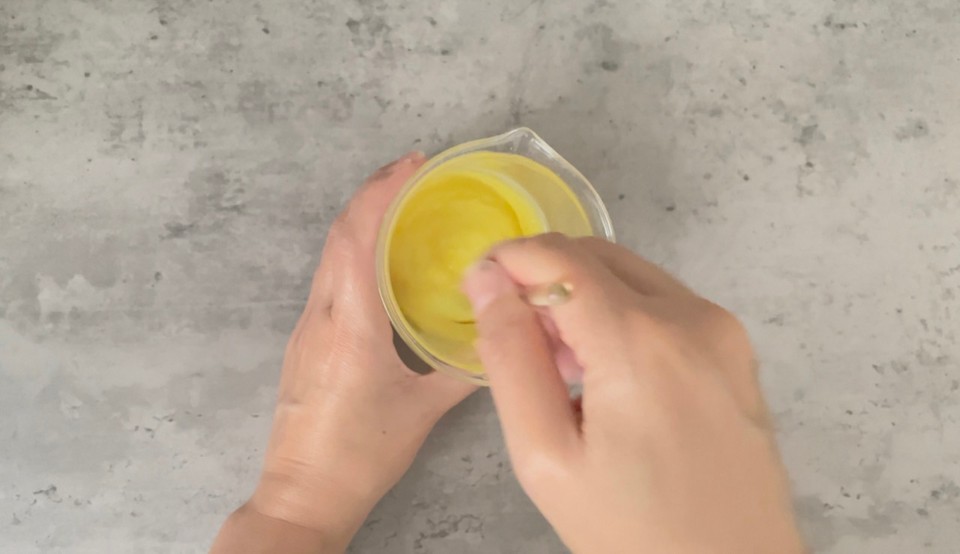
- Add phase D ingredients (preservative, fragrance and extract) to the beaker and mix gently.
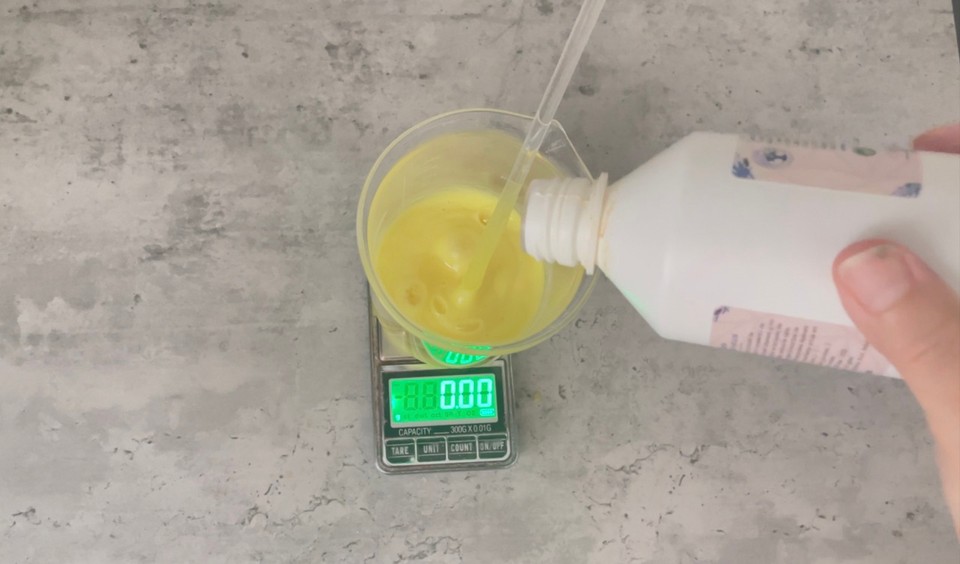
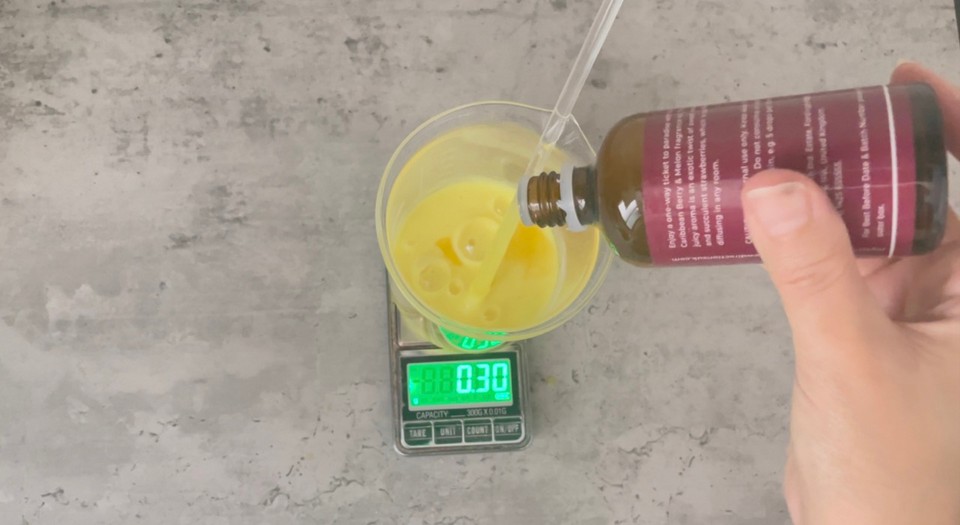
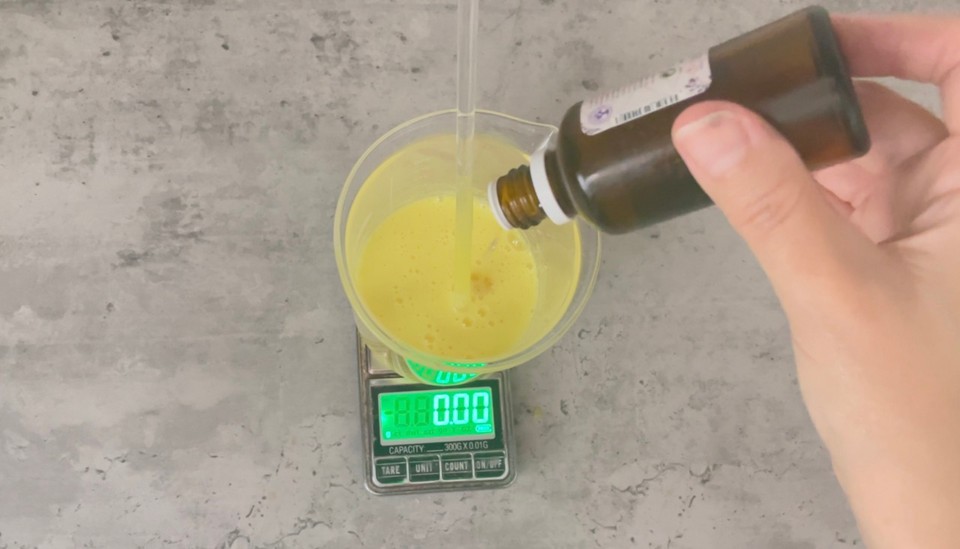
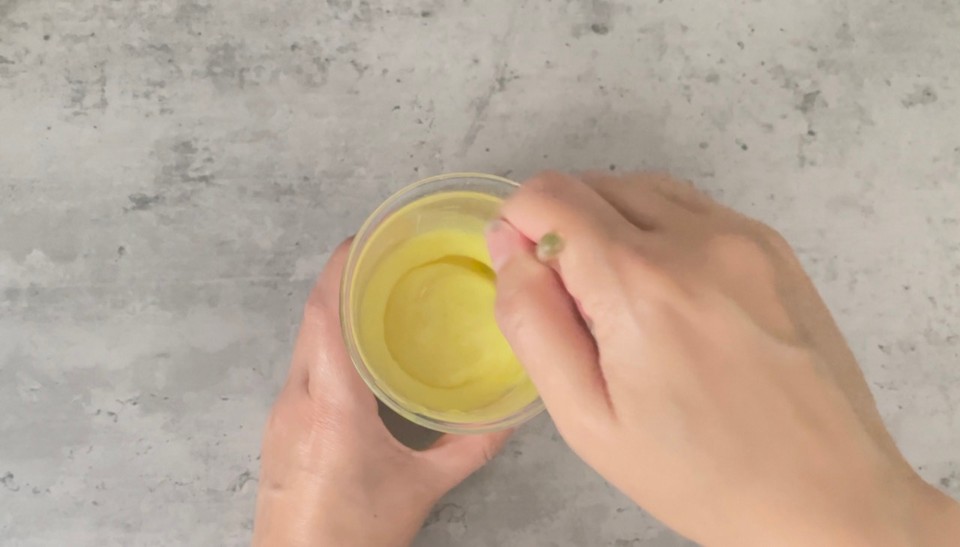
- Check the PH level and adjust if necessary (To check the PH level, take 1g of the emulsion and add 9g of distilled water, mix well and check the PH level).
In my case, there was no need to adjust the PH since my SCI powder has a PH of 5.5.
To lower the PH level (if necessary) add a few drops of lactic acid 80% and stir. Recheck the PH level and repeat if necessary. PH level between 5 to 6 is fine. You can also use a citric acid solution to lower the PH level.
To read more about making the solution and adjusting PH levels in cosmetics, check this post here.

- Pour into a container, and your turmeric face wash is ready.
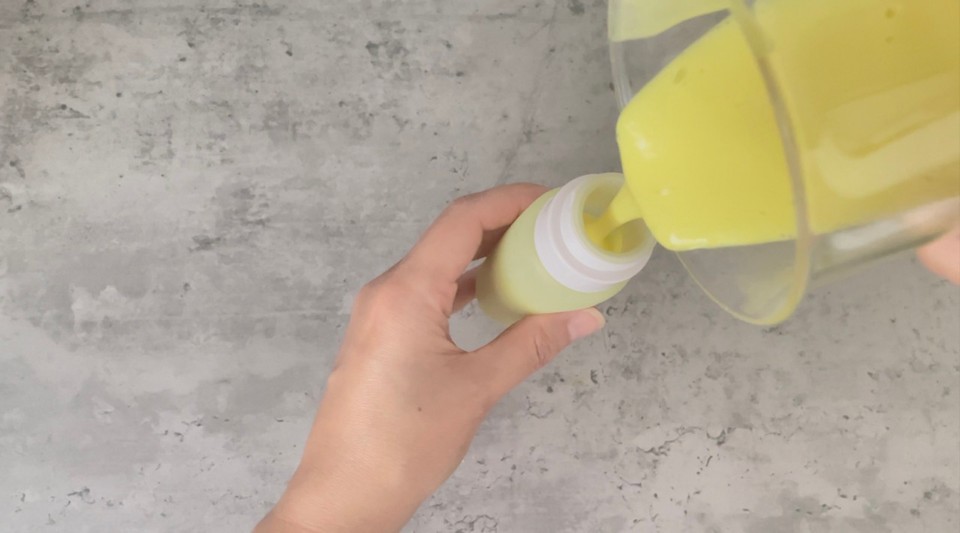
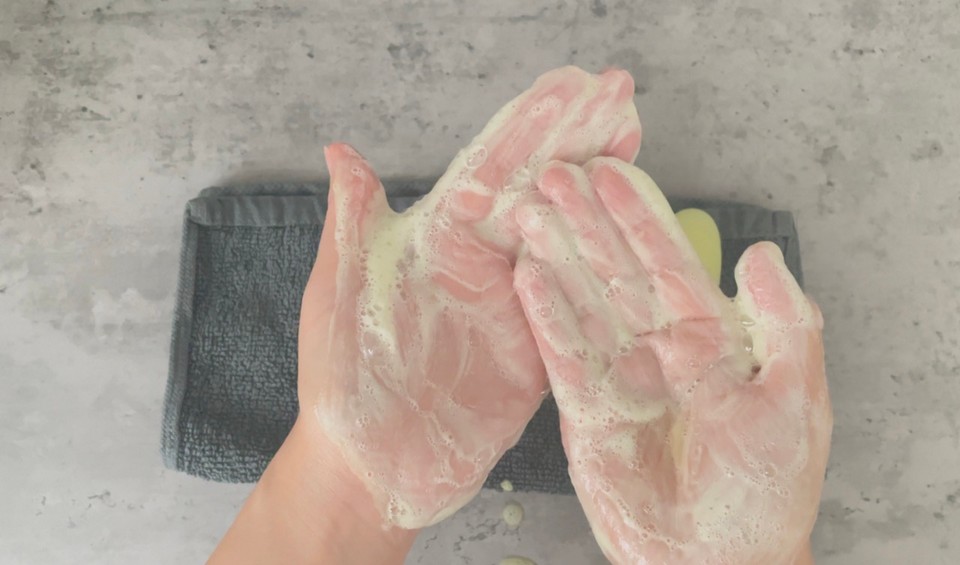
Notes:
If you don't have guar gum, you can use regular (cosmetic) xanthan gum.
If you don't have SCI, you can use Sodium Cocoyl Glutamate powder (it is water soluble) or Sodium Lauroyl Glutamate powder (also water-soluble).
You can swap the coco betaine with Cocamidopropyl Betaine.
If you don't have papaya extract, you can use other extracts you prefer for your skin condition or skip it and add the amount to the infused oil instead (no extract and 10g infused oil in total for 100g).
I use Caribbean Berry & Melon fragrance oil in this recipe, but you can replace it with a different essential or fragrance oil (remember to make sure you are using a skin-safe fragrance or essential oil).
Use any cosmetic preservative you usually use, and as always, check the supplier instructions on usage rate, PH level and all relevant information for your chosen preservative. If you need to use more or less preservative, adjust the amount by reducing or adding to the distilled water.
